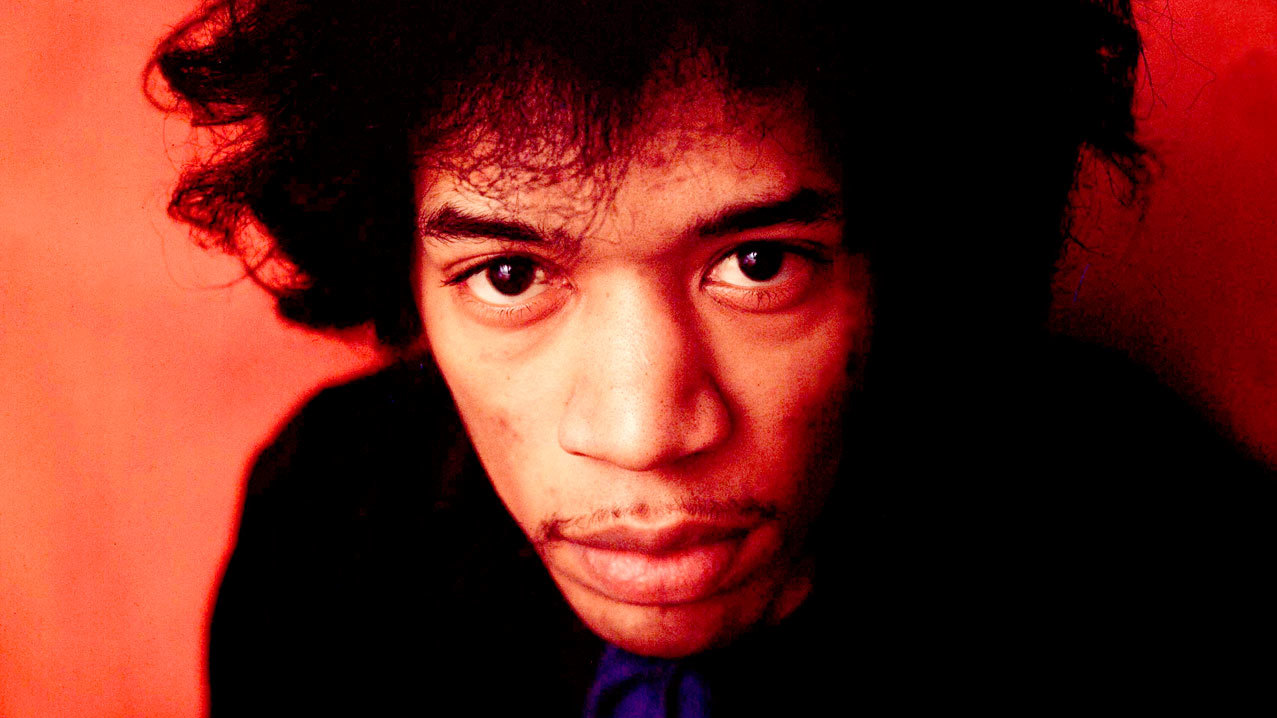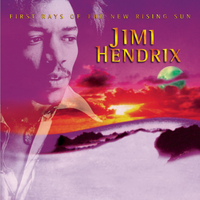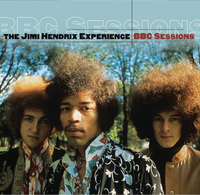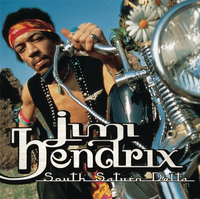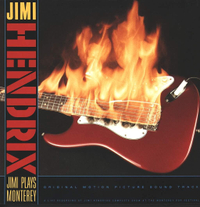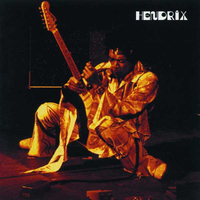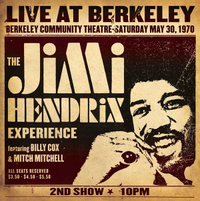When Jimi Hendrix died on 18 September 1970 he had released three studio albums, one live album and a hits collection. Since then there have been literally hundreds of Hendrix albums issued, to the point where it seemed like every time he strapped on his guitar somebody pressed record.
In the aftermath of Hendrix’s death the management and record company rummaged through the piles of tapes at his Electric Lady studio in New York where Hendrix had spent over a year recording a new album and hastily compiled a series of cash-in albums – The Cry Of Love, Rainbow Bridge, War Heroes and Loose Ends – with little rhyme or reason and certainly without reference to Hendrix’s intentions. Then they started combing through the innumerable outtakes and jams, sometimes arbitrarily replacing the rhythm section on discredited albums such as Crash Landing and Midnight Lightning.
They also sifted through the live tapes but seemed to play more attention to the status of the gig than the quality of the performance. His highest profile shows – at Woodstock and the Isle Of Wight – were both disappointing performances.
Meanwhile, the bands with whom Hendrix had played as a sideman before moving to England in late 1966 – including Little Richard and the Isley Brothers among many others – were checking their tapes for signs of Hendrix, prompting a flood of dubious releases that may or may not have included the incipient genius. Approach anything recorded before 1967 with extreme caution.
Not until the Hendrix family regained Jimi’s estate and set up the Experience Hendrix label was some semblance of order restored to Hendrix’s catalogue, although there is still work to be done.
So here are six essential Hendrix albums released after 1970 that amply demonstrate why he remains the world’s most influential guitarist. Then you can begin to explore the rest of his voluminous catalogue, armed with enough knowledge to avoid the obvious pitfalls.

Electric Lady Studios: A Jimi Hendrix Vision is scheduled for release in September.
